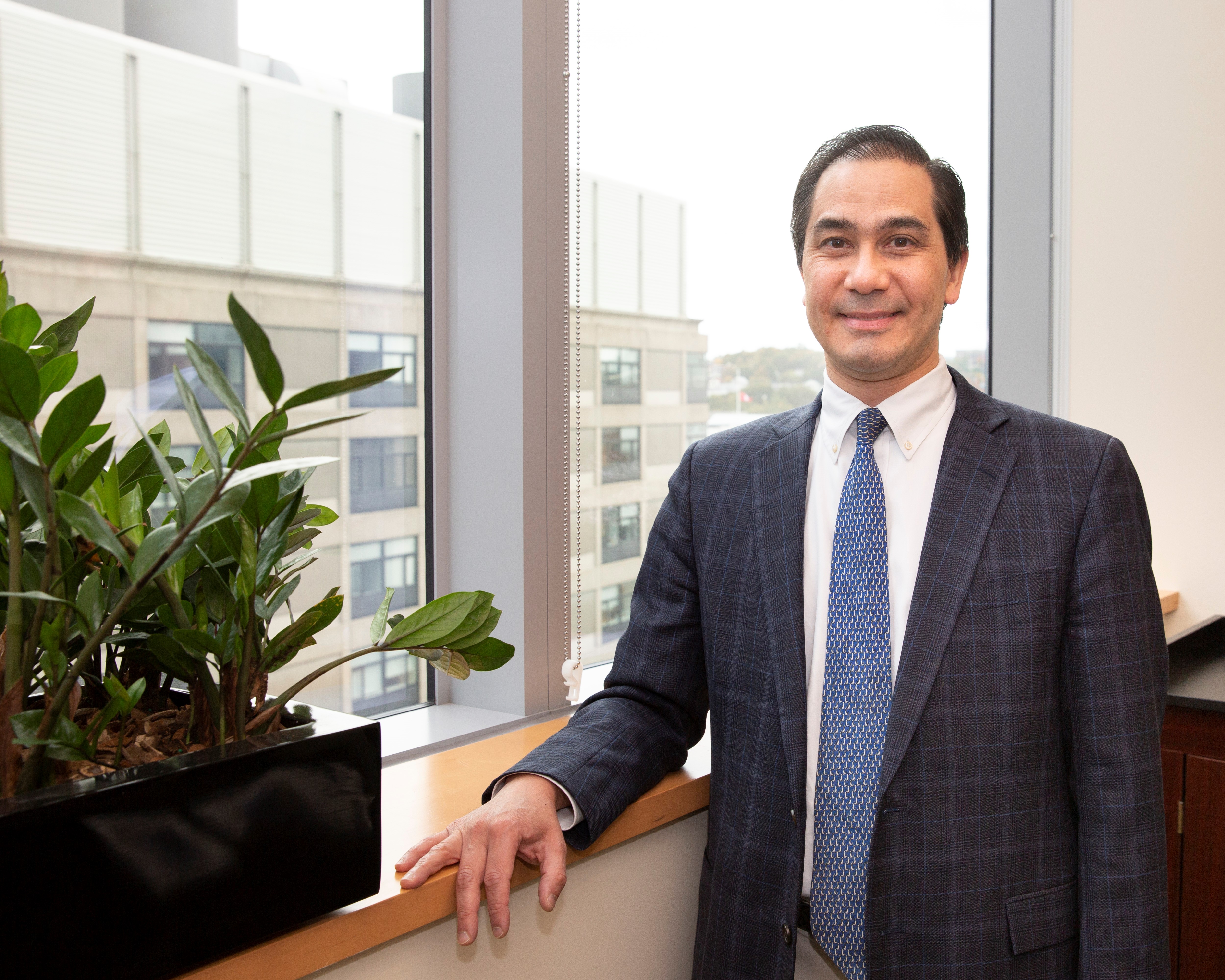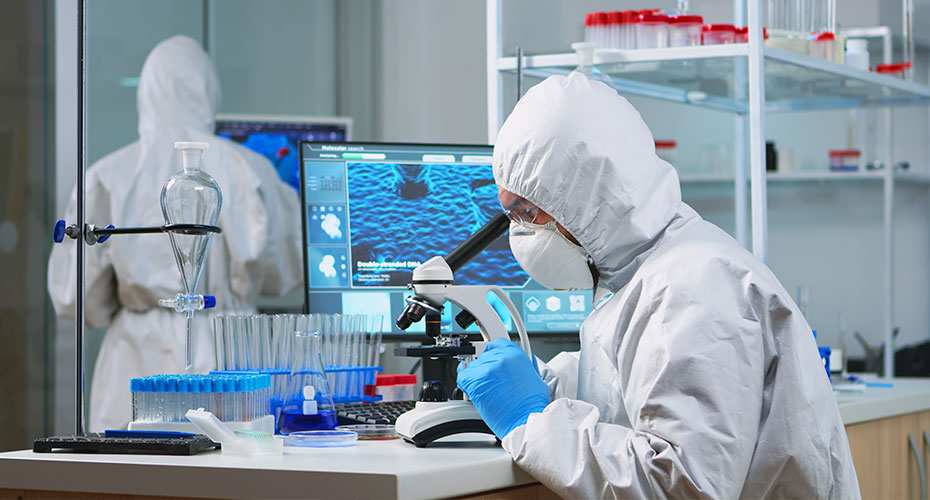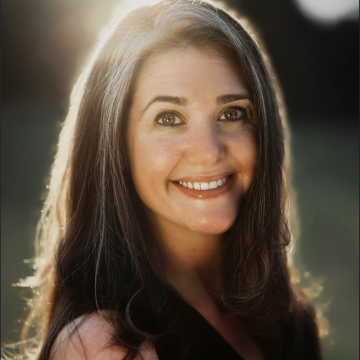Jun 3, 2021
‘Like nothing I've ever seen before’
By the time the World Health Organization declared COVID-19 a global pandemic in March 2020, Harvard Medical School’s Dr. Dan Barouch and his team already had put in more than three months of work on what is now the Johnson & Johnson single-dose vaccine.
When Barouch and his colleagues began vaccine development for COVID-19, there were just 41 confirmed cases in China and one death. But the researcher fully expected the virus to tear across the globe and into the United States, and the urgency weighed heavily on Barouch and his colleagues.
“Everyone was working around the clock. The intensity, the passion, the desire to move the program forward – it was nothing like I've ever seen before,” said Barouch, head of the Center for Virology and Vaccine Research at Beth Israel Deaconess Medical Center. “We watched the pandemic explode around us. First in China, then Europe, then the U.S., with our own city being one of the surging cities. It was surreal.”
He added, “The fact that we were making a vaccine that could help and stop this pandemic was a motivation unlike anything.”

This winter, the J&J shot became the third COVID-19 vaccine approved by the FDA for emergency use, along with vaccines produced by Pfizer-BioNTech and Moderna. Developed by J&J’s vaccines division, Janssen Pharmaceuticals, the vaccine proved 100% effective in preventing death or hospitalization in clinical trials.
The vaccine is new, but the science behind it is not. Barouch notes the platform he developed has been safely used for a decade against Ebola, administered to thousands of people, including children and pregnant women.
“There is no evidence in people who received that vaccine 10 years ago of any adverse reaction,” Barouch says.
How it works
Traditionally, vaccines have used a live or weakened virus or viral proteins to trigger the body's natural immune system. The Johnson & Johnson vaccine is what’s known as a “viral vector vaccine.” The process, which has been researched for decades, uses a harmless cold virus – an adenovirus -- to deliver a tiny fragment of DNA that carries the blueprint for a spiky protein found on the surface of the coronavirus.
When the shot is given, the harmless cold virus enters the body’s cells, which then follow the genetic instructions to construct a replica of the harmless coronavirus spike protein. The body’s natural immune system, switched on by the adenovirus, quickly notices the new protein and makes antibodies against it that will protect the person if they are ever exposed to the SARS-CoV-2 virus.
The highly effective vaccine can’t change anyone’s DNA, and can’t give anyone COVID —or even a cold, since the adenovirus is modified to prevent it from replicating or causing illness.

The J&J vaccine is easy to store –it does not need to be frozen and can remain refrigerated for up to three months, which also cuts down on shipping materials like dry ice.
The vaccine carries the risk for a rare clotting disorder, according to an FDA review that also found the vaccine’s benefits far outweighed the risks. Vaccines made by Pfizer and Moderna are widely available for women under 50, who may be at higher risk of the disorder, known as venous sinus thrombosis. Women who develop severe headaches, abdominal pain, leg pain or shortness of breath after vaccination should contact their primary care or emergency provider.
So far, more than 10 million people have received the J&J vaccine in the U.S.
A long fight
As far as vaccines go, Barouch is a seasoned veteran. He started his own lab in 2003, where he began working on an HIV vaccine. The adenovirus vaccine platform emerged from those efforts.
Though Barouch is known for fighting on the front line of the pandemic, he has experienced many of the same stressors, fears, and losses at the hands of COVID-19 that most of us have. He has worried about for his elderly parents, his two children – 13 and 10 – and his wife, who is an ophthalmologist.
“Our family has struggled just like every other family in the country in terms of trying to stay healthy,” Barouch says. “We've experienced many aspects of the pandemic that are challenging on a personal level.”
But, he says, seeing the new vaccine distributed provides hope.
“It's incredibly rewarding to see that our work together with J&J has resulted in an approved vaccine. The clinical trials have clearly shown the vaccine has saved lives. Now in the U.S. we have three very safe, very effective vaccines.”
- Barouch says
He added, “The development of not one but multiple vaccines in this time is nothing short of a scientific triumph.”

